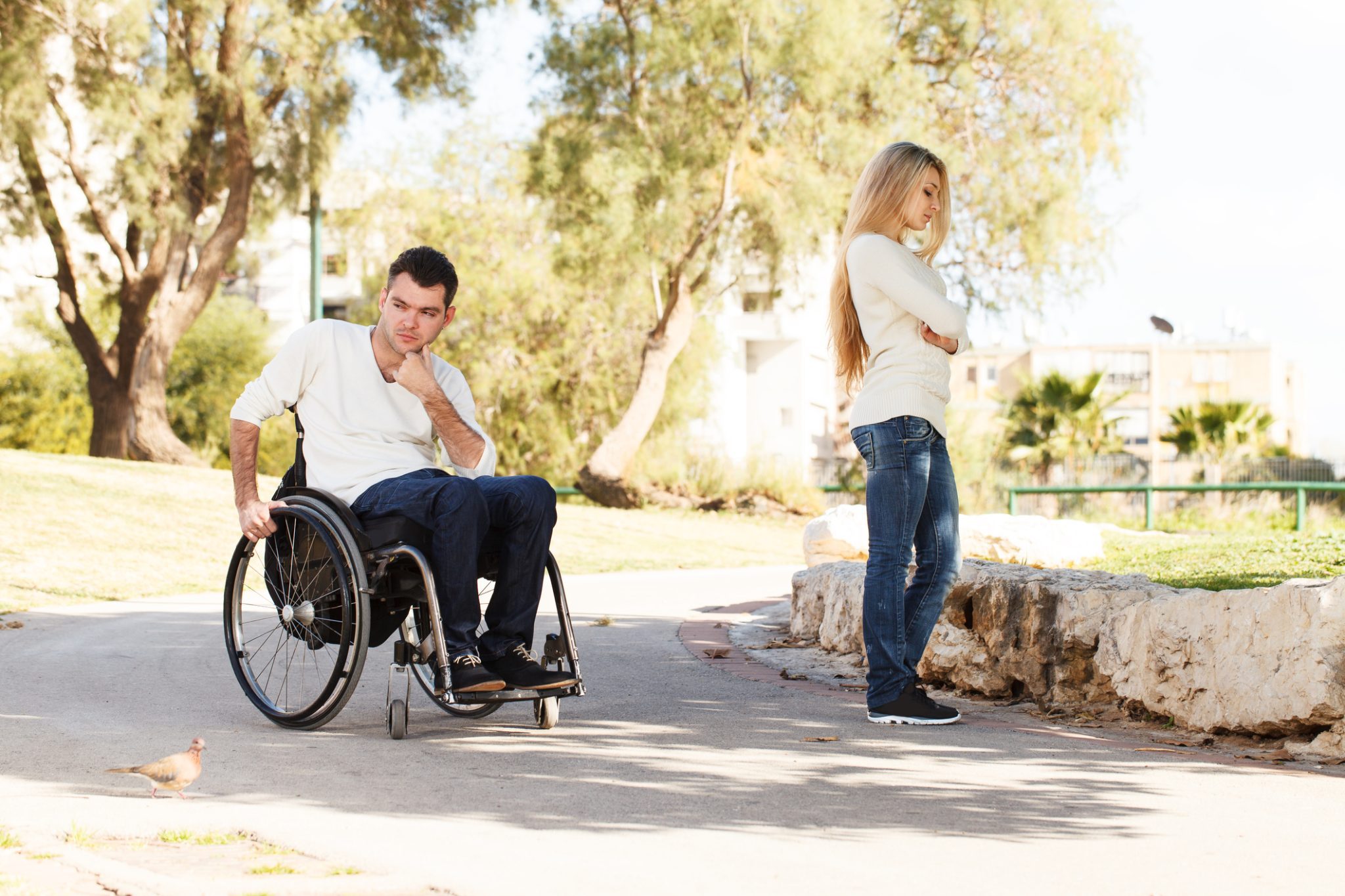By Rachel Brauner
Where we approach, the words that we use, our relationship, and the tone that we use can impact the start of a conversation. As caregivers, being able to communicate effectively is one of our most important tools. The goal of good communication is to have all parties involved feel comfortable with the conversation. Good communication prevents misunderstanding, builds relationships, increase chances of being heard, reduces stress and frustration, and enhances problem solving. One strategy for good communication is the use of “I” messages.
“I” messages enable us to express our feelings, such as anger or disappointment, without blaming others or causing them to become defensive. Have you ever confronted someone and intended to be very clear by saying, “You said you would…?” But then the conversation fell apart. The other person said, “No, I didn’t, you said…”
An argument or heated discussion probably followed, and your real concern was never discussed. You may have wondered, “What happened? Why did he/she become so defensive?” In our conversations the words “I” and “You” are powerful because they send messages regarding our thoughts and feelings.
You vs. I
“You” messages can make others feel attacked and can create frustration. With “I” statements, you take ownership for any thoughts, feelings, and concerns that you may have. As a caregiver, start by saying: “I feel…,”“I need…,” “I am frustrated…,” or “I am worried about…” When you make statements in this way you are conveying your own needs and feelings.
Be aware of hidden “you” statements. In some cases, “I” messages carry a blaming tone because they contain hidden “you” messages. These messages can come across as accusatory. Hidden “I” statements are usually followed by the words “when you” in a sentence.
Raise. Return. State. Express.
“I” statements can also be used to raise concerns, return problems to the person who raised them, state your intentions, and express appreciation and positive feelings. Look at the following examples and consider how you can relate to your military caregiving situation.
- Raise a concern. “I am overwhelmed with trying to take care of John and manage everything else that has to be done around the house.”
- Return a problem to the person who raised it. “I need to know if I can depend on you to help me with caring for John and some household tasks.”
- State your intentions. “I want us to figure out a schedule that works for you and tells me what tasks will be done and when.”
- Express praise and appreciation. “I really appreciate your willingness to help care for John because it helps to reduce my stress.”
“I” messages are the building blocks of communication and enable you to express your needs, concerns and feelings in a positive manner. They foster supportive and successful relationships between family, friends, and health care professionals by reducing misunderstandings.
Reference
Schmall, V., Cleland, M., & Sturdevant, M. (2000). The Caregiver Helpbook: Powerful Tools for Caregiving. United States of America: Legacy Health System.













